Pleco l234 - Megalancistrus parananus
Scientific name: Megalancistrus parananus
Common name: Pleco l234
Family: Loricariidae
Usual size in fish tanks: 55 - 62 cm (21.65 - 24.41 inch)
014
Recommended pH range: 5.8 - 7.5
Recommended water hardness: 6 - 26°N (107.14 - 464.29ppm)
0°C 32°F30°C 86°F
Recommended temperature range: 22 - 27 °C (71.6 - 80.6°F)
The way how these fish reproduce: Spawning
Where the species comes from: South America
Temperament to its own species: peaceful
Temperament toward other fish species: peaceful
Usual place in the tank: Bottom levels
Food and feeding
Megalancistrus parananus, known as Pleco L234, is an omnivorous bottom-dweller that prefers a protein-rich diet. In the aquarium, offer high-quality sinking pellets or wafers designed for carnivorous or omnivorous plecos. Supplement their diet with shrimp pellets, bloodworms, and brine shrimp. Occasional offerings of vegetables such as cucumber slices or zucchini are also appreciated. Feed at dusk or after lights are dimmed, as they are more active at night.
Origin
This species is native to South America and occurs in the tributaries of the Paraná and Amazon River basins, particularly in Brazil, Paraguay, and Uruguay. They inhabit fast-flowing, oxygen-rich waters with rocky substrates and submerged driftwood.
Sexing
There are no prominent external differences between males and females, making sexing difficult. In mature specimens, subtle head shape differences and odontode (bristle) development on the pectoral fins may be observed.
Breeding
Due to their massive adult size (up to 62 cm or 24.4 inches), breeding Megalancistrus parananus in captivity is extremely challenging and rarely reported. In the wild, they are cave spawners. Successful breeding would require a very large tank or pond with strong current, hiding spots, and carefully controlled water parameters.
Lifespan
This pleco species can live for over 20 years with proper care, making it a long-term commitment for any aquarist.
Short description
Megalancistrus parananus is one of the largest pleco species kept in aquariums, reaching over 60 cm in length. Despite its peaceful nature, adult males can become territorial, especially toward other large bottom-dwellers or similar-shaped plecos. A tank of at least 1000 liters (260 gallons) is recommended to house a single specimen comfortably. Any tank décor must be secure, as their strength allows them to easily displace rocks or wood. These plecos are rare in the aquarium trade and usually carry a high price tag.
Suitable tankmates
Due to their size and territorial nature in adulthood, Pleco L234 should be kept with large, peaceful species that occupy different tank levels. Avoid keeping multiple adult males together unless the tank is extremely spacious. Suitable tankmates include:
Recommended plants
Due to their large size and strong body, Megalancistrus parananus may uproot or damage delicate plants. Choose robust species that can be anchored to driftwood or rocks. Suitable plants include:
- Java fern
- Anubias barteri
- Java moss
- Bucephalandr
- Bolbitis heudelotii
Pictures
Bought by aqua-fish.net from jjphoto.dk.
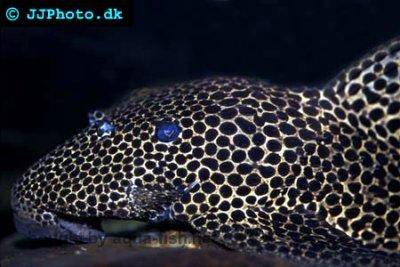






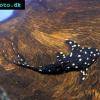 Adonis
Adonis 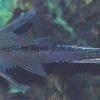 Lyre
Lyre 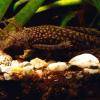 Bristlenose
Bristlenose 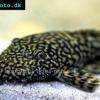 Gold
Gold  Bushymouth
Bushymouth  Spotted
Spotted 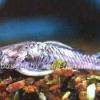 Medusa
Medusa 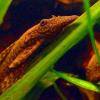 Bristlenose
Bristlenose 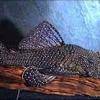 Starlight
Starlight 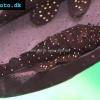 Spotted
Spotted 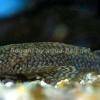 Catfish
Catfish 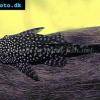 Bushynose
Bushynose 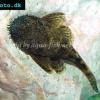 Bristlenose
Bristlenose 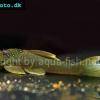 Green
Green 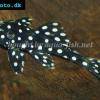 LDA-33
LDA-33 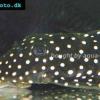 Snowflake
Snowflake 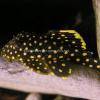 Gold
Gold 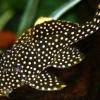 Gold
Gold 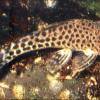 Bulldog
Bulldog 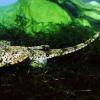 Dasyloricaria
Dasyloricaria 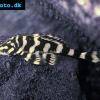 Butterfly
Butterfly 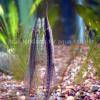 Whiptail
Whiptail 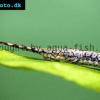 Amazon
Amazon  Twig
Twig 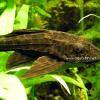 Spotted
Spotted 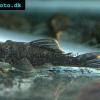 Spotted
Spotted 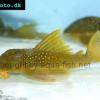 Lemon
Lemon 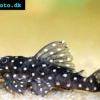 Pleco
Pleco 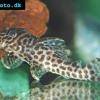 Peruvian
Peruvian 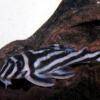 Zebra
Zebra 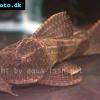 Pleco
Pleco 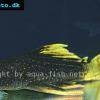 Hypostomus
Hypostomus 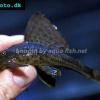 Pleco
Pleco 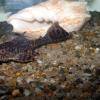 Suckermouth
Suckermouth 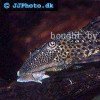 Spotted
Spotted  Woodeating
Woodeating 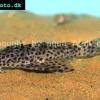 Golden
Golden 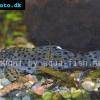 Sultan
Sultan 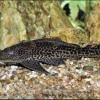 Multiradiatus
Multiradiatus 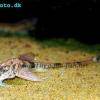 Marbled
Marbled 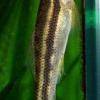 Dwarf
Dwarf 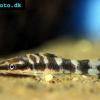 Dwarf
Dwarf 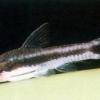 Dwarf
Dwarf 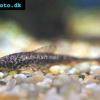 Oxyropsis
Oxyropsis 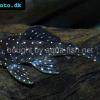 Orange
Orange 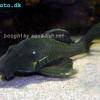 Blue
Blue 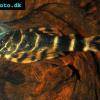 Clown
Clown 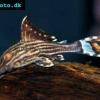 Royal
Royal 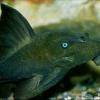 Blue
Blue 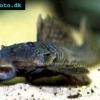 Rubber
Rubber 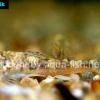 Goby
Goby 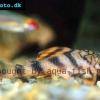 Wormline
Wormline  Para
Para  Tiger
Tiger 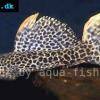 Leopard
Leopard 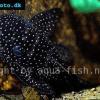 Spiny
Spiny 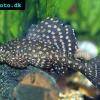 Marbled
Marbled 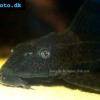 Amazon
Amazon  Common
Common 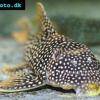 Sunshine
Sunshine 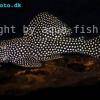 Golden
Golden